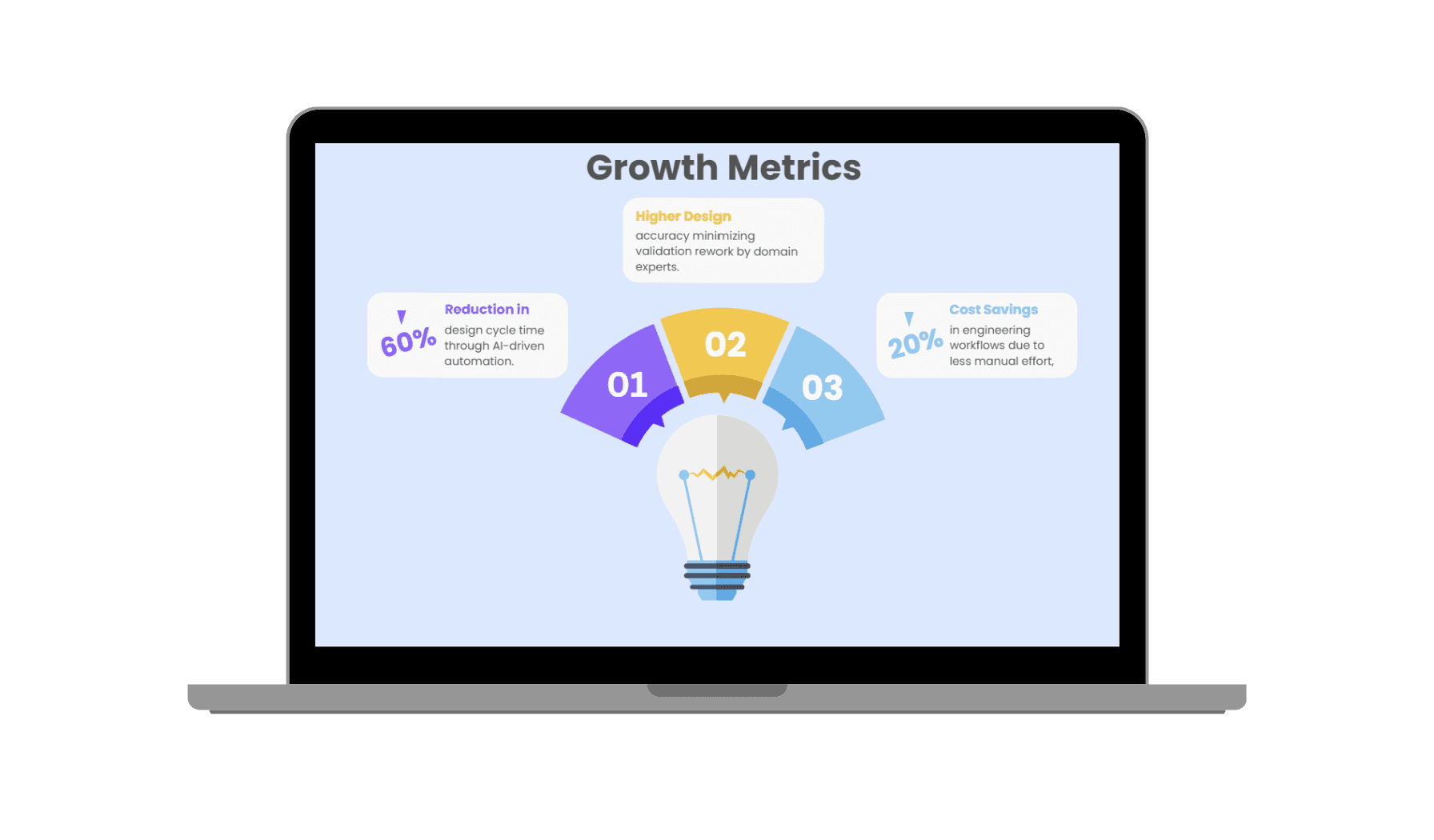
CASE STUDY
Smart Virtual Fitting Platform
LiDARDigital TwinRetailAR/VRAI/ML
Shwaira Solutions28 Sep, 2025
Written by Shwaira Solutions
30 September 2025 | 5 min read
A leading global automotive manufacturer, specializing in tractors, sought to streamline and optimize the 3D pipe system design used in vehicle chassis. Their traditional workflow was:
This created significant bottlenecks in scalability, accuracy, and cost-efficiency for their engineering process.

We developed a multi-stage, AI-driven solution to automate the entire design pipeline:

The automation of the design process led to substantial improvements in speed, cost, and accuracy.

